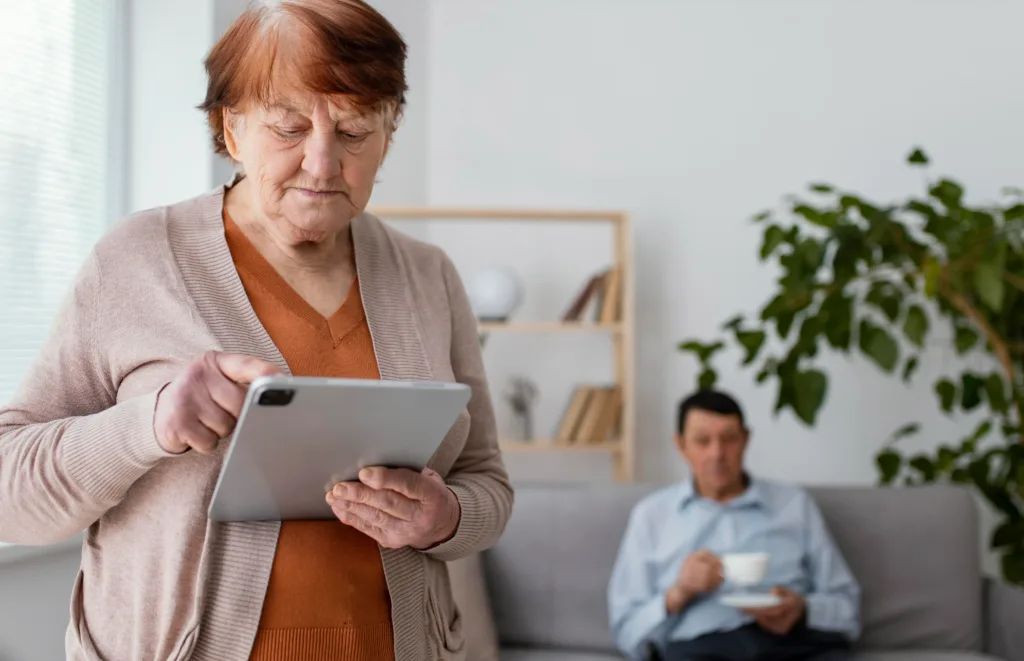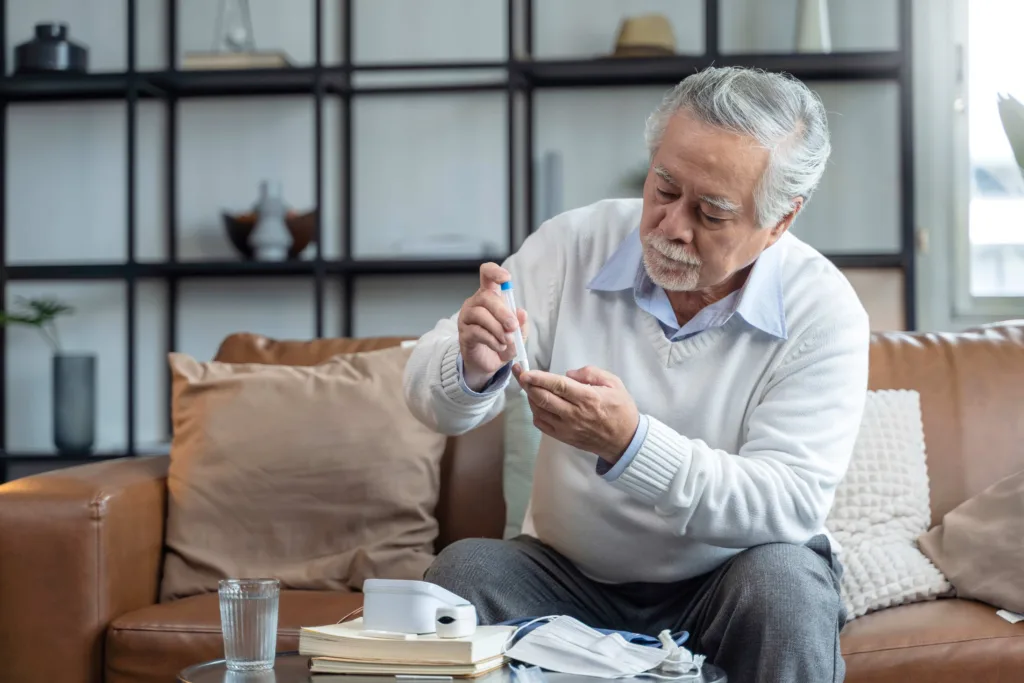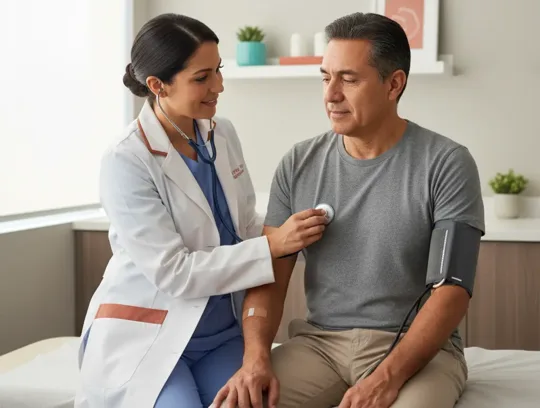Hispanic Physicians are a critical yet underrepresented force in U.S. medicine. Although Hispanics account for nearly 19 % of the U.S. population, fewer than 7 % of physicians identify as Hispanic. This stark disparity highlights a systemic gap in representation. When patients rarely meet providers who share their language or culture, trust and access suffer. Furthermore, minority patients report poorer satisfaction and lower adherence when cultural concordance is missing. This gap limits equity: communities with high Hispanic populations may lack providers who understand cultural norms, family dynamics, or language nuances. As a result, health disparities persist.
The Importance of the Hispanic Physicians as Cultural Bridge
Hispanic Physicians serve not only as clinicians but as translators of culture. They improve communication, reduce misunderstandings, and build rapport with patients who have limited English proficiency. In many Hispanic communities, discussing health is deeply tied to familial context, beliefs, and respect physicians who understand cultural norms can navigate conversations around social stigma, mental health, or chronic disease more effectively.

Studies show that patients seeing providers of concordant ethnicity have higher satisfaction, better adherence, and more preventive screenings. For example, Latina physicians are about 35.6 times more likely to speak Spanish than non Hispanic white physicians, boosting patient comfort and clarity. In sum, Hispanic Physicians help close cultural and linguistic gaps that deter patients from full engagement.
Challenges Faced by Hispanic Physicians
Hispanic Physicians often carry heavier demands in underserved areas, leading to overwork and burnout. Many work in community clinics or safety net settings with limited resources. Infrastructure challenges plague small clinics: lack of modern EHR systems, telehealth tools, or funding for staff support. Cultural and administrative burdens complicate care: navigating insurance, regulatory compliance, and undocumented patient populations adds workload. Moreover, minority physicians frequently face bias, discrimination, or marginalization within institutions. Recruitment is harder: Latinx medical graduates are few; for example, Latina women themselves represent only about 2.4 % of all U.S. physicians.
The Cultural & Systemic Weight of Underrepresentation
Underrepresentation has cascading consequences. The healthcare system loses critical perspectives in research, education, and leadership when Hispanic Physicians are scarce. Institutional policies often fail to reflect Hispanic patient realities. As Hispanic communities grow, mismatch widens: in states like California, where Latinos approach 40 % of the population, only ~6 % of physicians are Latino. This gap strains community clinics that serve diverse populations, pushing Hispanic patients to clinics with overtaxed staff.

Hispanic patients cite communication problems (44 %) and lack of access (48 %) as major reasons for worse health outcomes. Without enough Hispanic Physicians, many patients feel misunderstood or avoid care altogether. In addition, minority doctors sometimes face internal systemic bias: nearly one in five physicians from marginalized backgrounds report increased disrespect or diminished dignity during COVID-19. These pressures amplify stress for the bridge-builders striving to serve their own communities.
The Need for Technological Support
To support Hispanic Physicians, healthcare systems must provide better tools and infrastructure. Digital health solutions especially Remote Patient Monitoring (RPM) can ease burdens by automating chronic care management, enabling more efficient workflows, and enhancing patient outreach. As we will explore in the next blog, integrating RPM allows these doctors to focus more on care and less on logistics. Hispanic Physicians already act as cultural bridges; with the backing of modern technology, they can scale their impact.
The future of Hispanic medical care depends on the synergy of deep human empathy and innovation. In our next piece, we’ll examine how RPM empowers institutions to uplift Hispanic communities and lighten provider load stay tuned.
If you are a medical institution, clinic, or provider network serving Hispanic populations, explore how Esvyda helps implement RPM tailored to these communities seamless, bilingual, compliant, and effective.
Download this artice
Hispanic Physicians Bridging Culture in U.S. Health
Hispanic Physicians are a critical yet underrepresented force in U.S. medicine. Although Hispanics account for nearly 19 % of the U.S. population, fewer than 7 % of physicians identify as Hispanic. If you are a medical institution, clinic, or provider network serving Hispanic populations, explore how Esvyda helps implement RPM tailored to these communities seamless, bilingual, compliant, and effective.
Click Here

